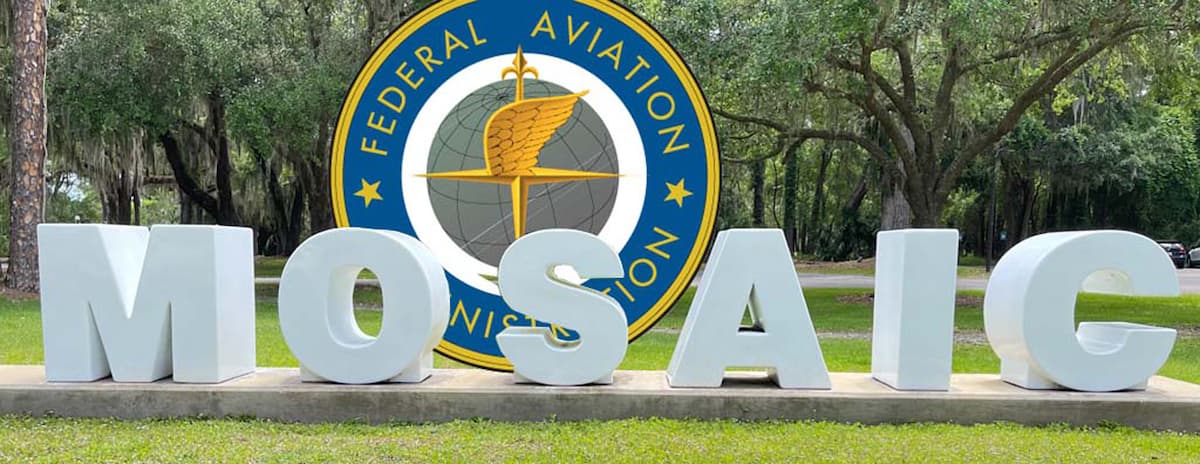
In joint comments to the FAA on its rule proposal, Modernization of Special Airworthiness Certification, known as MOSAIC, general aviation advocacy groups noted that the new rule will “significantly benefit general aviation.”
In the comments, which were submitted by the Experimental Aircraft Association, Aircraft Owners and Pilots Association, National Business Aviation Association, and National Air Transportation Association, officials noted that the Notice of Proposed Rulemaking (NPRM) will “expand the capability, size, and scope of aircraft that can be built using industry consensus standards and aircraft that can be flown while exercising Sport Pilot privileges.”
EAA officials emphasized that MOSAIC builds on 20 years of safety and success since the introduction of the sport pilot and light-sport aircraft regulations in 2004.
“For a decade, EAA has offered ideas to the FAA on safely expanding the potential of sport pilot and light-sport aircraft, and those innovations are the genesis of the MOSAIC concept,” said Jack J. Pelton, EAA CEO and Chairman of the Board. “With MOSAIC, EAA’s initial ideas have been encompassed in an initiative that will maintain elevated levels of safety while expanding access to training aircraft and foster innovation, as well as bringing economic growth and workforce development into the aviation community.”
In the comments, GA advocates recommended “enhancements” to the rule proposal that they say would “make MOSAIC in its final version even more effective.”
Enhancements suggested include:
- Slightly increasing the stall speed
- Allow sport pilots to fly with up to three passengers
- Provide alternate means to verify night vision minimums for sport pilots to earn a night-flying endorsement
- Maintain existing requirements and structure for LSA repair certificates
With the comment period closing on Jan. 22, 2024, the FAA will review the 1,335 comments it received on the proposed rule change.
The agency is expected to issue a final rule sometime in 2024 or early 2025.

Or maybe the final rule changes will be issued in 2030 or 2035
Or maybe 2050
My comment is that stall speed should be in the landing configuration, not the ‘clean’ configuration. Here’s hoping that some genius can come up with a wing widget design that can cruise at 250 knots, yet land at the yet to be chosen slow stall speed when the wing widget is deployed for landing.
Another change that would “make MOSAIC in its final version even more effective.” would be to allow two people fly ultralights and increase their empty weight and fuel capacity accordingly. At the moment the cost of entry to aircraft ownership and flying is too high for most people. Larger ULs used to provide this point of entry, but this was eliminated under the original LSA regulations. Make an AEPRS (parachute) a requirement of ULs as they do in Europe, low-cost units exist. A fly-away cost of $25k-$30k ought to be possible.
The 2 place UL ban left me behind. Upon completion of my UL craft, I’ll be relegated to train in non-type aircraft. For some perhaps not at all, just wetting their thumbs and hoping they can pull it off. I advocate ‘chutes for either method, and a diaper for the second option. We’re typically not a high dollar group, and shrinking in numbers as well. In that respect, I guess the FAA backdoor strategy to lose the bastard child of aviation is working. If the larger and better received LSA community advocated for the lesser recognized UL class it could go a long way. LSA is hardly the “entry level” the FAA touts it to be.